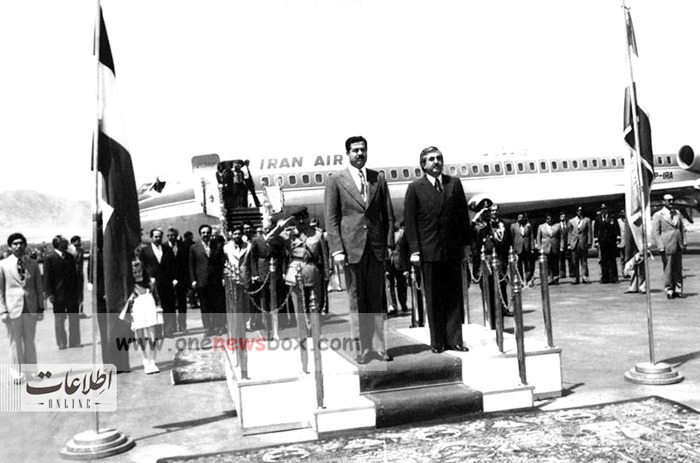The Political Landscape of the 1970s
During the 1970s, the political landscape of the Middle East was marked by significant upheaval and realignment. The Cold War’s influence extended into the region, with both superpowers, the United States and the Soviet Union, vying for influence. Iraq, under the Ba’athist regime, and Iran, under the rule of Shah Mohammad Reza Pahlavi, were pivotal players in this geopolitical chessboard.
Saddam Hussein, then the de facto leader of Iraq despite holding the title of deputy chairman, was a prominent figure in this dynamic. His visit to Tehran was not just a diplomatic gesture but a statement of intent to reshape the future of Iraqi-Iranian relations.
The Visit: Key Events and Meetings
Saddam Hussein arrived in Tehran on May 9, 1975, amid tight security and considerable media attention. His delegation was received by high-ranking Iranian officials, reflecting the importance of this visit. The primary objective was to reinforce the commitments made in the Algiers Agreement and explore avenues for further cooperation.

